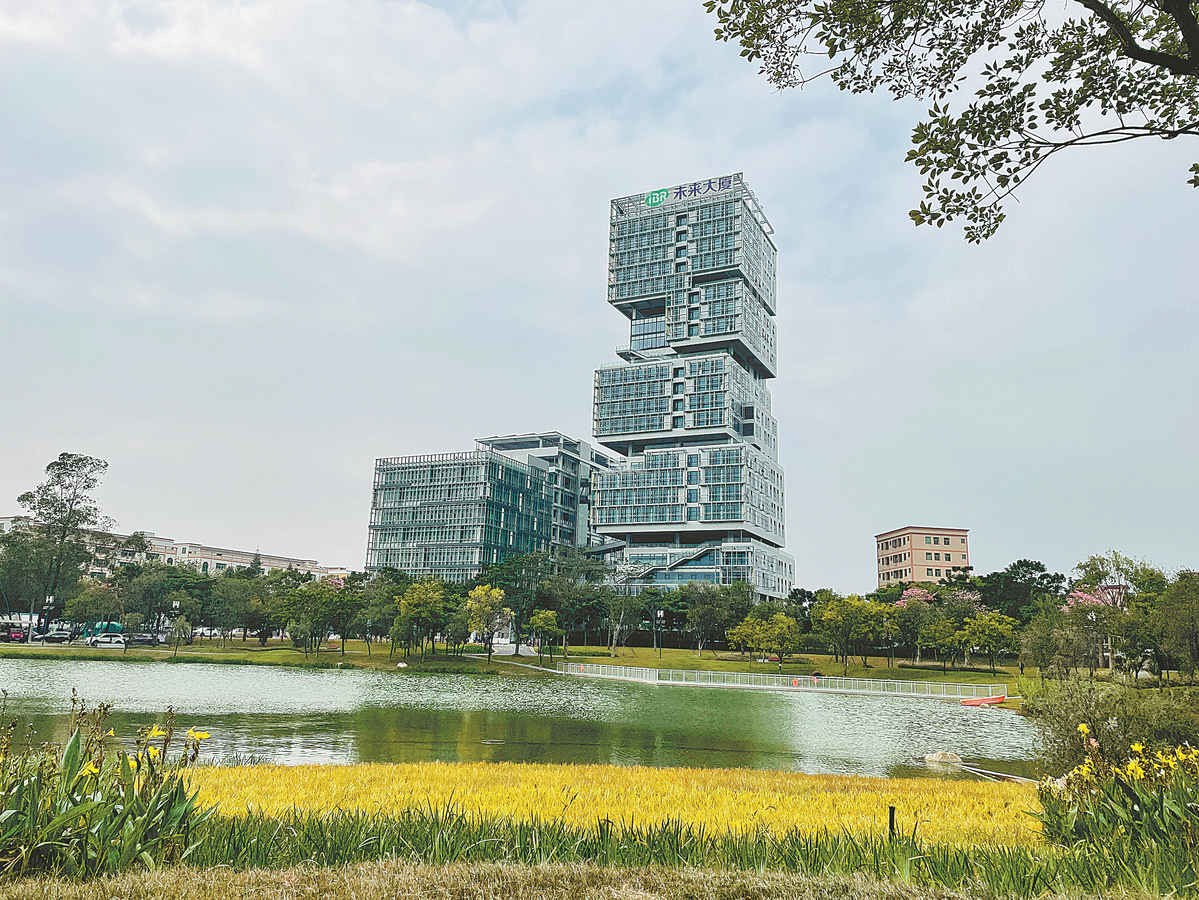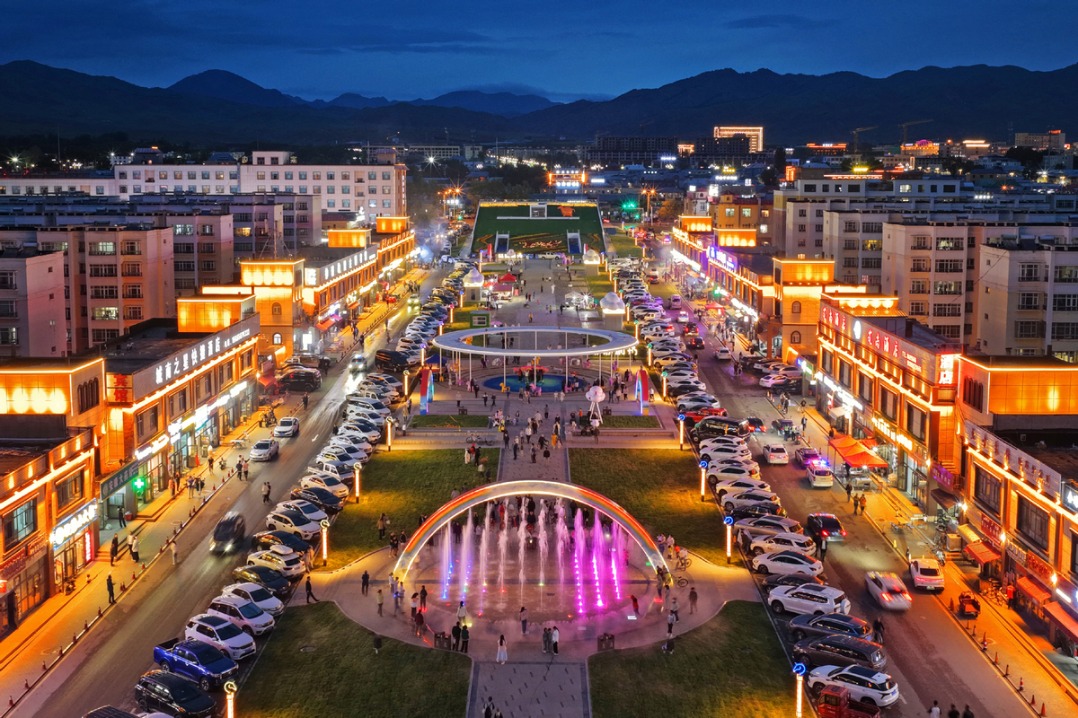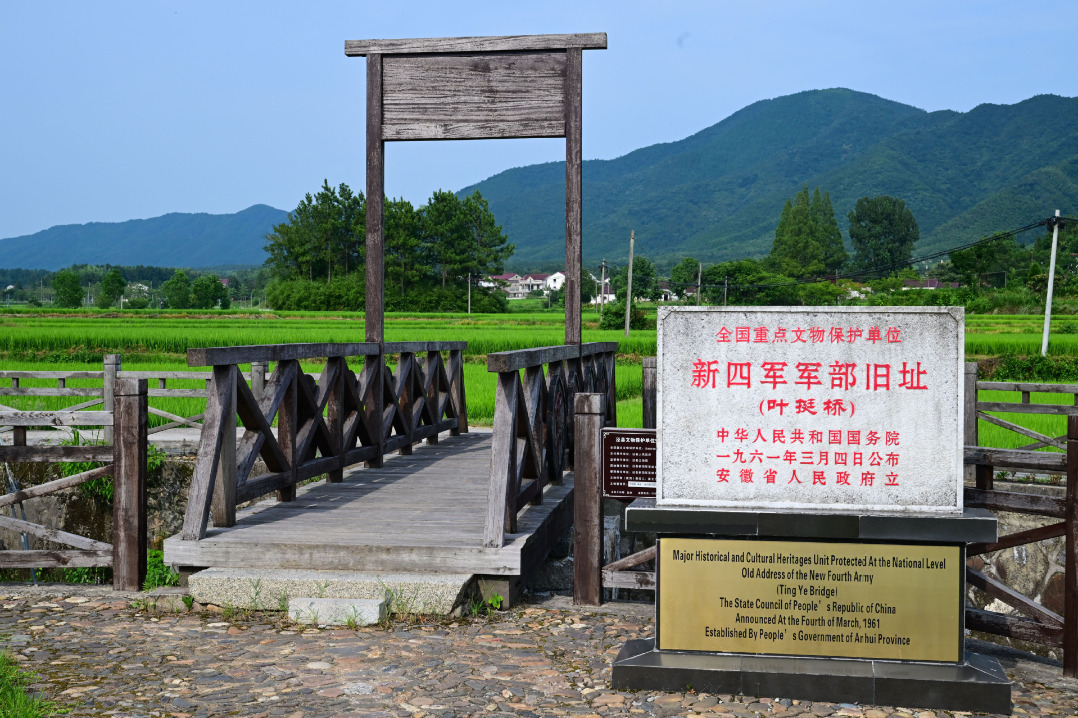Shenzhen at the vanguard of low-carbon development



Editor's note: China aims to peak its carbon dioxide emissions before 2030 and achieve carbon neutrality before 2060, major goals in a national green transition drive. This series looks at efforts in various sectors to meet the goals.
Xiao Tianfa had lived for almost 40 years in the Xinqiao historical residential area, a group of walled houses of the Hakka people in Shenzhen's northeastern Longgang district. The 84-year-old was born, grew up and spent half of his life there.
Although he moved to a nearby place in the late 1970s, he still came to visit his old house from time to time.
Referring to the Hakka village where his previous home is located, he said, "I have witnessed its remarkable change from a rundown area to a modern example of low-carbon development.
"In the past, houses in the village were filled with waste. Roof tiles could fall off anytime. The environment was quite poor at the time," he recalled.
But now, it has become the first "near-zero carbon" community in Shenzhen and a pilot demonstration area for the city's low-carbon development, featuring more than 140 types of "green "technology.
The village, which covers 36,000 square meters and has about 400 residents, currently produces 680 tons of carbon each year, of which 600 tons are offset by using green technology, said Zhang Yalong, executive dean of the Shenzhen Institute of Sustainable Development.
Reduction of the remaining 80 tons of carbon is left to local residents in an initiative to promote green life, he said. "They each have a carbon personal account and are encouraged to cut their carbon footprint by changing living habits, modes of transportation and other things."
The transformation of Xinqiao reflects how Shenzhen is pressing ahead with the green transition to contribute to helping fulfill China's national goal of peaking carbon dioxide emissions by 2030 and achieving carbon neutrality by 2060.
The metropolis in South China is one of the country's first low-carbon pilot cities.
According to government data, Shenzhen's carbon dioxide emissions per unit of GDP dropped by about 70 percent in 2020, compared with the level in 2005. Energy consumption per unit of GDP stood at one-third of the nation's average in 2020, while carbon dioxide emissions per unit of GDP were one-fifth the nation's 2020 average.
In late 2021, Shenzhen launched its 14th Five-Year Plan (2021-25) on ecological environmental protection, which mapped out the blueprint for the city's green development in the coming years. According to the plan, the eco-environmental quality of Shenzhen will reach an internationally advanced level by 2025. The city will formulate a low-consumption, low-emission, circular and sustainable way of development and strive to take the lead in achieving the nation's dual carbon goals.
- Global campers promote cultural exchange at mini world expo
- National health body expands pediatric services to nearly all hospitals
- Premier announces construction of Yarlung Zangbo hydropower project
- A perfect summer retreat in Hainan's tropical rainforest
- International beer festival kicks off in Qingdao
- Naadam festival gets underway in Inner Mongolia





































